Laboratory & Water Quality
PH, SM 4500-H+ B, 22nd Edition (2011) – Electrometric Method
Views : 11
Usually dispatched in 2 to 3 days
Usually dispatched in 2 to 3 days
Category:
Laboratory & Water Quality
Only logged in customers who have purchased this product may leave a review.
Related books
Water Treatment and Pathogen Control
This document is part of a series of expert reviews on different aspects of microbial water quality and health, developed by the World Health Organization (WHO) to inform development of guidelines for drinking-water quality, and to help countries and suppliers to develop and implement effective water safety plans. Contamination of drinking-water by microbial pathogens can cause disease outbreaks and contribute to background rates of disease. There are many treatment options for eliminating pathogens from drinking-water. Finding the right solution for a particular supply involves choosing from a range of processes. This document is a critical review of some of the literature on removal and inactivation of pathogenic microbes in water. The aim is to provide water quality specialists and design engineers with guidance on selecting appropriate treatment processes, to ensure the production of high quality drinking-water. Specifically, the document provides information on choosing appropriate treatment in relation to raw water quality, estimating pathogen concentrations in drinking-water, assessing the ability of treatment processes to achieve health-based water safety targets and identifying control measures in process operation.
Water Treatment and Pathogen Control
This document is part of a series of expert reviews on different aspects of microbial water quality and health, developed by the World Health Organization (WHO) to inform development of guidelines for drinking-water quality, and to help countries and suppliers to develop and implement effective water safety plans. Contamination of drinking-water by microbial pathogens can cause disease outbreaks and contribute to background rates of disease. There are many treatment options for eliminating pathogens from drinking-water. Finding the right solution for a particular supply involves choosing from a range of processes. This document is a critical review of some of the literature on removal and inactivation of pathogenic microbes in water. The aim is to provide water quality specialists and design engineers with guidance on selecting appropriate treatment processes, to ensure the production of high quality drinking-water. Specifically, the document provides information on choosing appropriate treatment in relation to raw water quality, estimating pathogen concentrations in drinking-water, assessing the ability of treatment processes to achieve health-based water safety targets and identifying control measures in process operation.
Boiler Water Quality Requirements and Associated Steam Quality for Industrial/Commercial and Institutional Boilers
Introduction:
The purpose of this publication is to acquaint engineers, purchasers and operators of industrial, commercial and institutional (ICI) boilers with ABMA's judgment as to the relationship between boiler water quality and boiler performance. This document is published for general guidance as a supplement to detailed operating manuals supplied by the equipment manufacturers. It should also be noted that the information presented is directed to steel boiler designs, as opposed to cast iron sectional or copper finned tube boilers. Furthermore Utility Boilers and Combined Cycle Boilers, which require extremely close control of water quality and steam purity, are not the topic of this document. This new document combines two previous ABMA Guideline documents, namely “Boiler Water Requirements and Associated Steam Purity for Commercial Boilers” (1998), and “Boiler Water Limits and Achievable Steam Purity for Water tube Boilers”, (1995). The document discusses the effect of various feed water and condensate systems on the boiler operation. It also provides information on boiler water and steam testing as well as system care and maintenance. It is recognized that specific boiler usage and water treatment will vary and may require values different from these recommendations. Boiler users therefore, need to define limits, equipment and operating parameters for their particular application. These recommendations are for information only. Everyone is free to accept or reject the conclusions of these suggestions as their own judgment warrants in all aspects of the conduct of their business. The ABMA does not represent or warrant that any level of steam purity depicted will be achieved by any particular boiler or boilers.
Boiler Water Quality Requirements and Associated Steam Quality for Industrial/Commercial and Institutional Boilers
Introduction:
The purpose of this publication is to acquaint engineers, purchasers and operators of industrial, commercial and institutional (ICI) boilers with ABMA's judgment as to the relationship between boiler water quality and boiler performance. This document is published for general guidance as a supplement to detailed operating manuals supplied by the equipment manufacturers. It should also be noted that the information presented is directed to steel boiler designs, as opposed to cast iron sectional or copper finned tube boilers. Furthermore Utility Boilers and Combined Cycle Boilers, which require extremely close control of water quality and steam purity, are not the topic of this document. This new document combines two previous ABMA Guideline documents, namely “Boiler Water Requirements and Associated Steam Purity for Commercial Boilers” (1998), and “Boiler Water Limits and Achievable Steam Purity for Water tube Boilers”, (1995). The document discusses the effect of various feed water and condensate systems on the boiler operation. It also provides information on boiler water and steam testing as well as system care and maintenance. It is recognized that specific boiler usage and water treatment will vary and may require values different from these recommendations. Boiler users therefore, need to define limits, equipment and operating parameters for their particular application. These recommendations are for information only. Everyone is free to accept or reject the conclusions of these suggestions as their own judgment warrants in all aspects of the conduct of their business. The ABMA does not represent or warrant that any level of steam purity depicted will be achieved by any particular boiler or boilers.
Clearing the Waters A focus on water quality solutions
Reproduction
This publication may be reproduced in whole or in part and in any form for educational or nonprofit purposes without special permission from the copyright holders, provided acknowledgement of the source is made. UNEP would appreciate receiving a copy of any publication that uses this publication as a source. No use of this publication may be made for resale or for any other commercial purpose whatsoever without prior permission in writing from the United Nations Environment Programme.
Clearing the Waters A focus on water quality solutions
Reproduction
This publication may be reproduced in whole or in part and in any form for educational or nonprofit purposes without special permission from the copyright holders, provided acknowledgement of the source is made. UNEP would appreciate receiving a copy of any publication that uses this publication as a source. No use of this publication may be made for resale or for any other commercial purpose whatsoever without prior permission in writing from the United Nations Environment Programme.
A Manual On Water Quality Treatment Methods At Community And Household Level
About this book :
This book is a compilation work of various techniques adopted at different parts of the world for removal of a range of chemical parameters which are present beyond the permissible limit in drinking water. The different technologies those are described in this book are mainly limited to household level and for community level. The stepwise pictorial presentation for treatment of contaminated water to remove different chemical parameters and biological treatment will possibly be appreciated by the readers of this book. The authors of this book have tried their best, put their utmost thought and taken maximum care while compiling the available information so that this piece of work will be accepted by every individual. This book in general comprises three sections and eight chapters are within these sections. Section-I comprises only one chapter which describes different water quality problems in India with specific interest to Odisha and for whom this book is designed. Similarly, the section-II encompasses four chapters. Water quality standards, water quality occurrence in different parts of the state and its presentation in shape of a map are reflected in these chapters. Section –III, which is the most important section of this book, illustrates identification of problems and their mitigation measures at household level as well as at community level. Material quantification and maintenance procedures are also depicted in this section.
A Manual On Water Quality Treatment Methods At Community And Household Level
About this book :
This book is a compilation work of various techniques adopted at different parts of the world for removal of a range of chemical parameters which are present beyond the permissible limit in drinking water. The different technologies those are described in this book are mainly limited to household level and for community level. The stepwise pictorial presentation for treatment of contaminated water to remove different chemical parameters and biological treatment will possibly be appreciated by the readers of this book. The authors of this book have tried their best, put their utmost thought and taken maximum care while compiling the available information so that this piece of work will be accepted by every individual. This book in general comprises three sections and eight chapters are within these sections. Section-I comprises only one chapter which describes different water quality problems in India with specific interest to Odisha and for whom this book is designed. Similarly, the section-II encompasses four chapters. Water quality standards, water quality occurrence in different parts of the state and its presentation in shape of a map are reflected in these chapters. Section –III, which is the most important section of this book, illustrates identification of problems and their mitigation measures at household level as well as at community level. Material quantification and maintenance procedures are also depicted in this section.




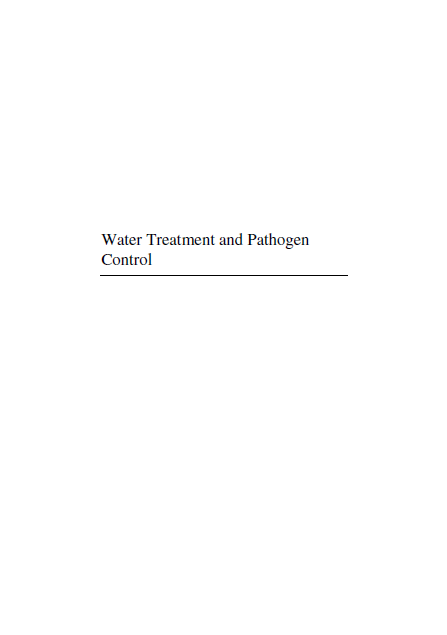
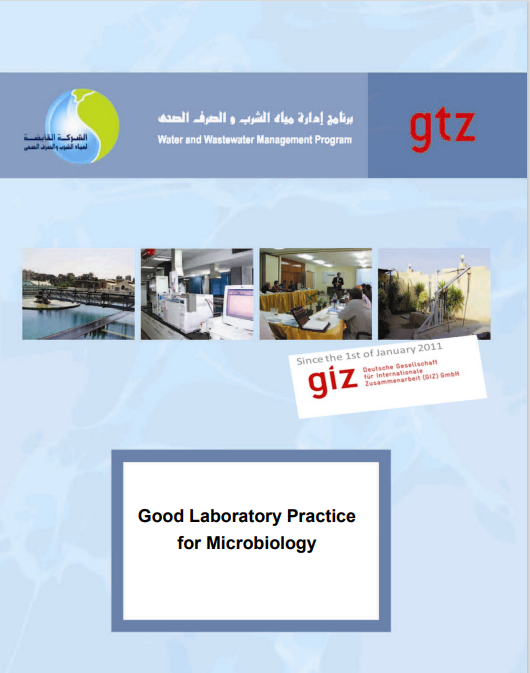
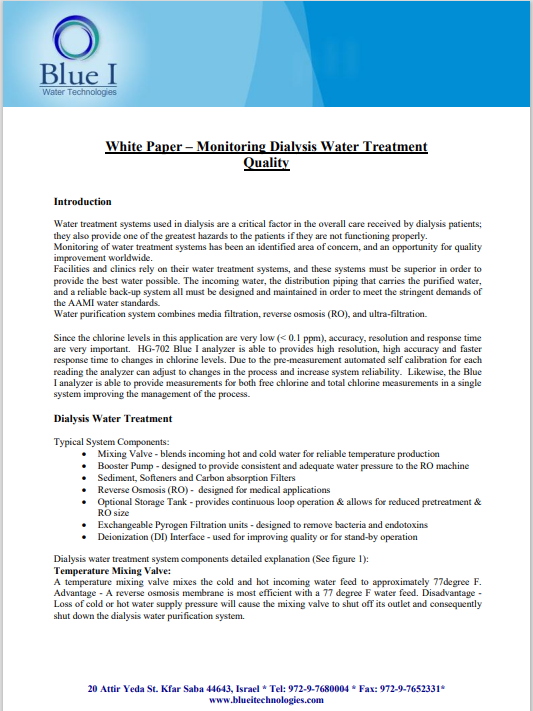

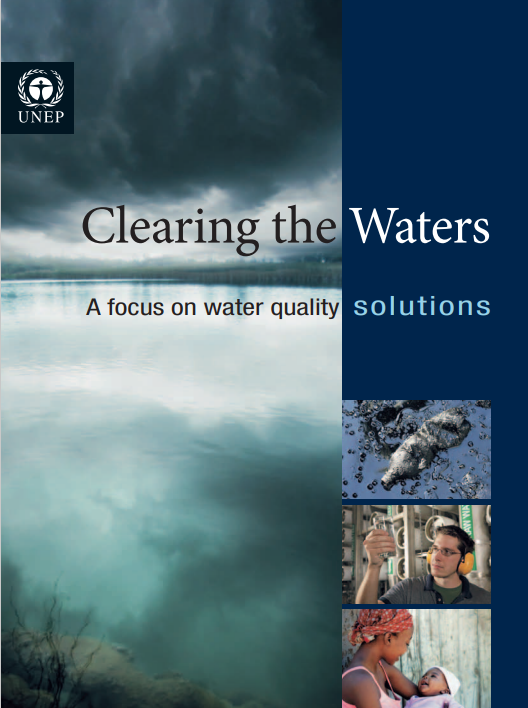
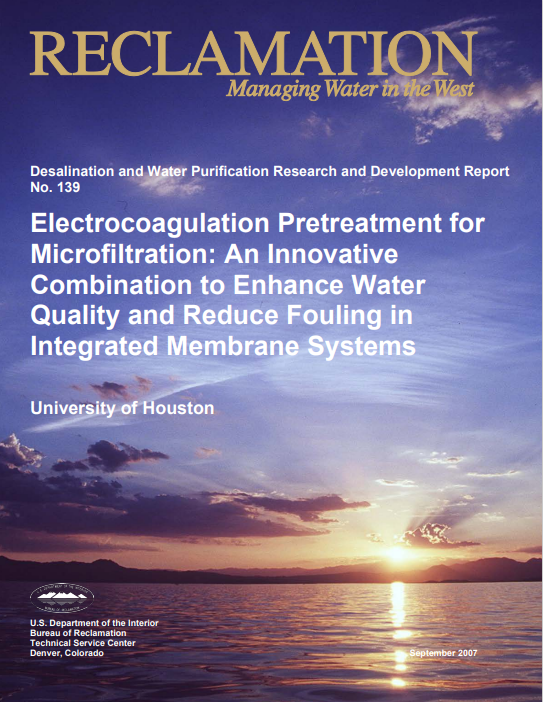
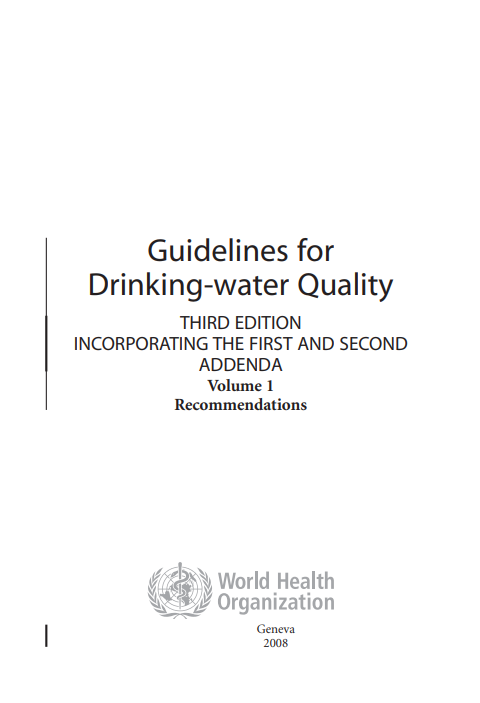
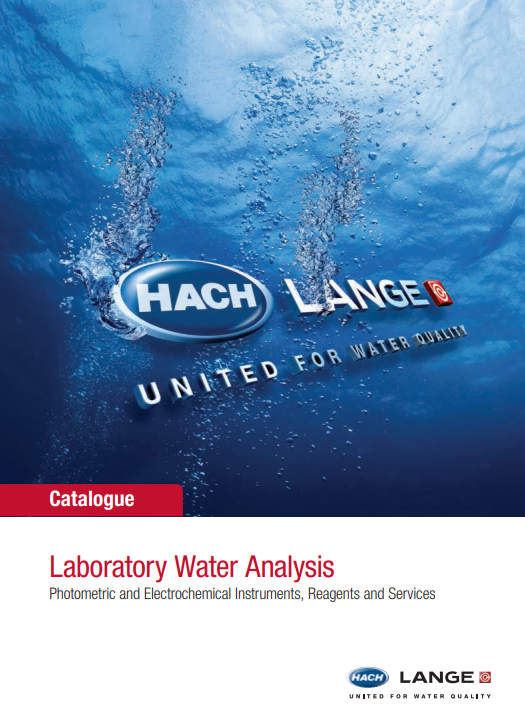
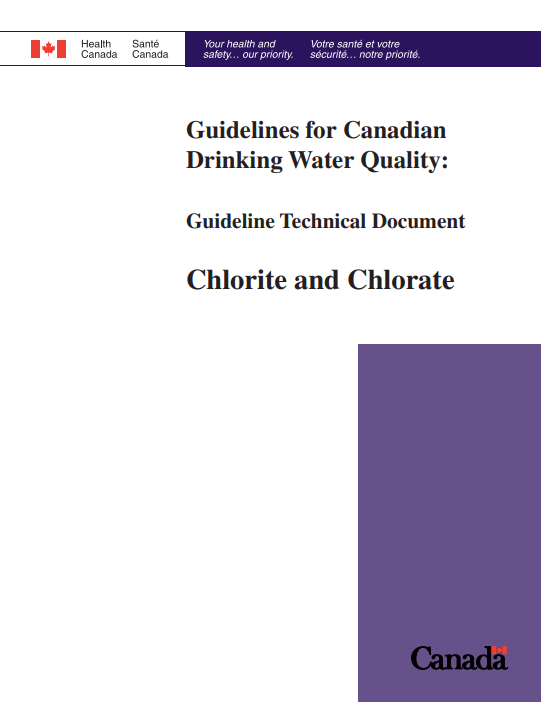
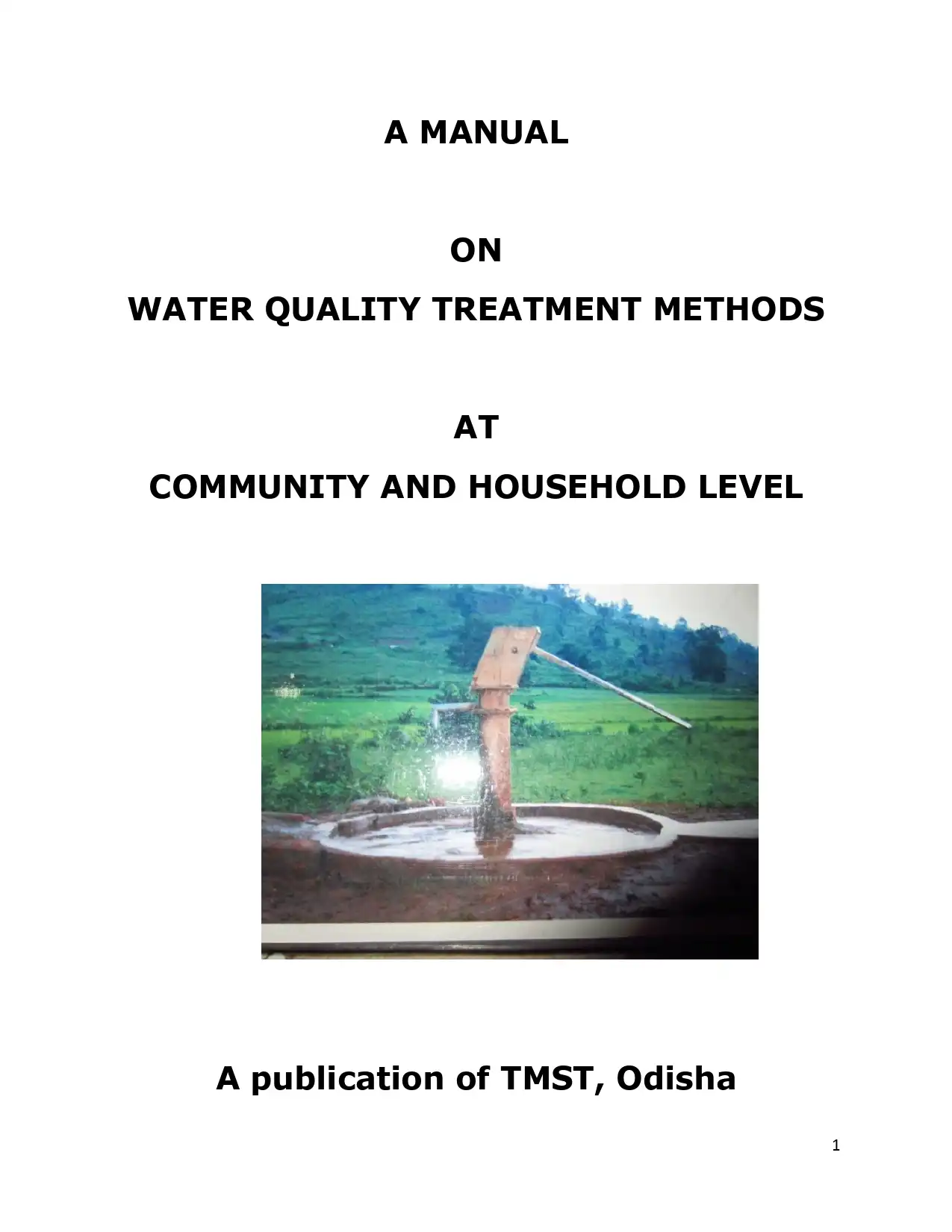
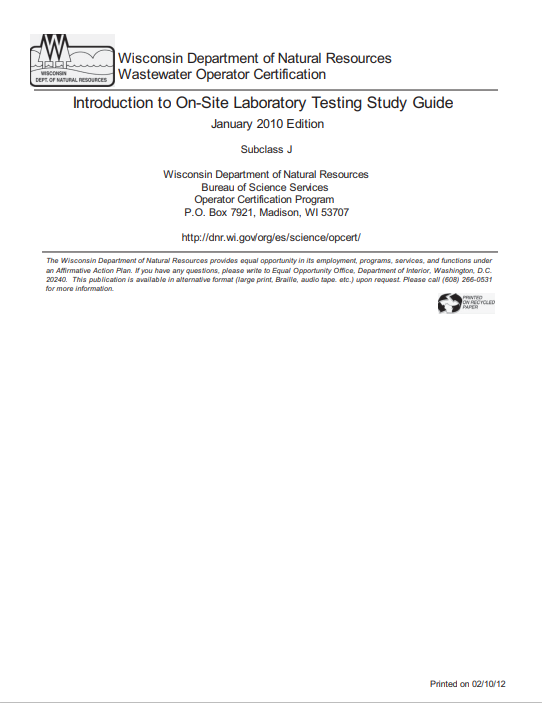
Reviews
There are no reviews yet.